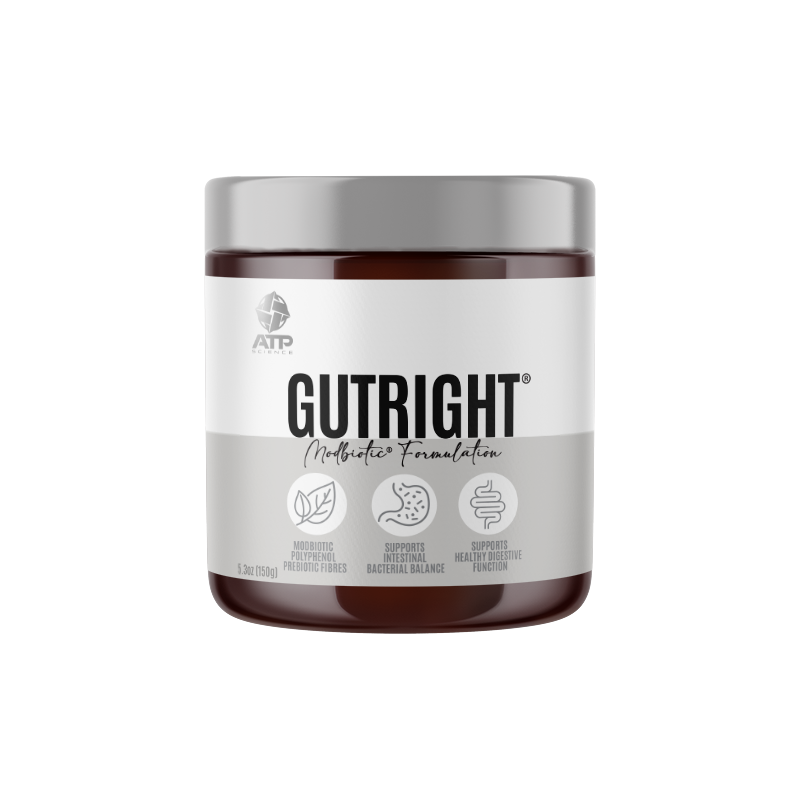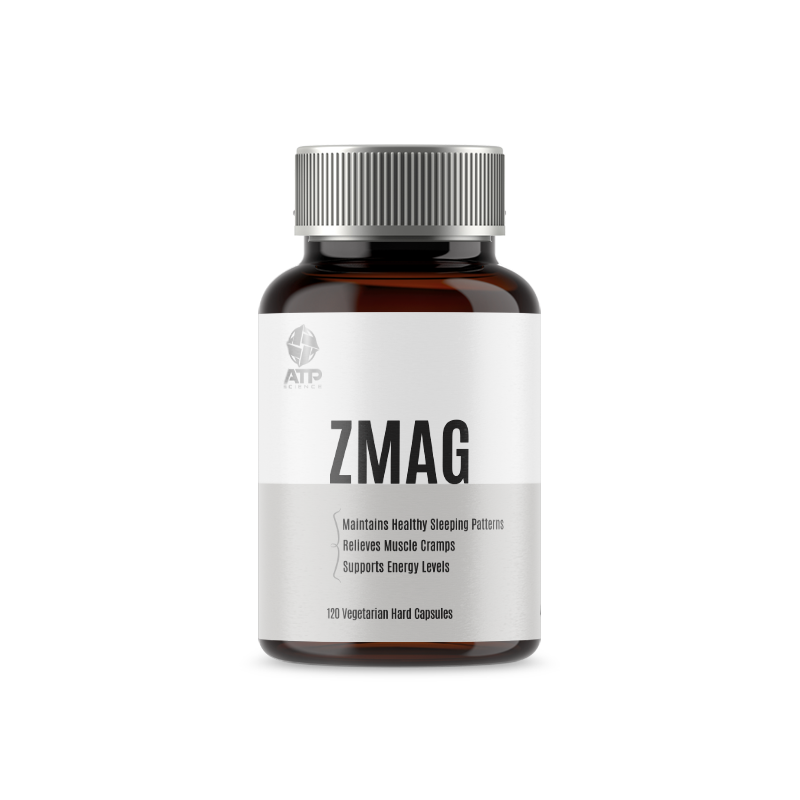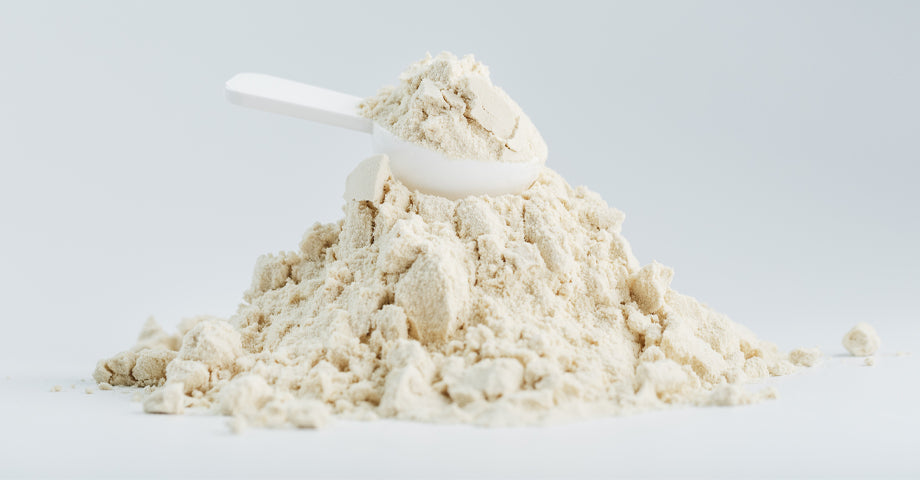Salicylates – what are they exactly?
Salicylates are natural compounds found in the plants that we eat that act as protective measures for the survival of the plant. The protection is imposed against opportunistic pathogens that may affect the plant's health or abiotic factors such as temperature changes, water differentiation, atmospheric changes like oxygen levels, chemical elements such as acidity or mineral changes to the soil, and wind funnily enough as wind affects all other factors above consequently.
Why do Salicylates benefit humans?
Phenolic compounds like that of Salicylates exist to benefit the survival of plants and have both positive and negative health factors for humans depending on the form. Both natural and pharmaceutical synthetic forms of existing salicylates elicit multiple beneficial responses in humans. Studied to be effective towards the approach of :
- Neuroprotective.
- Antidiabetic.
- Anti-inflammatory.
- Reduction of oxidative stress.
What happens when we get too much of a good thing?
As humans, it can be common to come across overload and or intolerance of compounds in our system. When we overload the circuit unintentionally with good intentions it can wreak havoc in unfair ways. One of these is seen with Salicylate intolerance, an intolerance rarely talked about, however, is one of the most searched intolerance terms we have come across! Figuring out what an intolerance is can be difficult as it’s not an instant allergen response or necessarily something that requires the action of the immune system. Its often an accumulation met with a maximum threshold. Salicylate intolerance has been known for more than 100 years now and yet, not adequately recognized by research until more recent years.So, if you are experiencing some of these bizarre symptoms and suspect an intolerance to salicylates, it may be something to address for yourself and with your health care professional. Symptoms of salicylate intolerance include:
- Respiratory irritation – asthma-type responses.
- Headaches/migraines.
- Gastrointestinal discomfort.
- Increased frequency of urination.
- Irritability, restlessness, and attention difficulties.
- Sleep disturbances.
- Tinnitus.
- Joint pain, inflammation, and arthritic complaints.
- Swelling and fluid retention.
- Mouth ulcers and rash around lips.
- Persistent cough.
- Sore, itchy, watery, or burning eyes.
- Muscle tremors and twitches.
What’s happening with Salicylate Intolerance inside of us?
Salicylates, among many other compounds such as analgesics and anti-inflammatory drugs, particularly the non-steroidal anti-inflammatory options you can opt for, inhibit Cyclooxygenase which is the mediator for the synthesis of prostaglandins. Prostaglandins are lipid groups that are involved at the site of injury or illness to control processes around inflammation, blood flow, the formation of blood clots, and also the induction of labor in pregnant women.An individual’s intolerance to Salicylates, while there is an inhibition of Cyclooxygenase, there is an activation of Basophils, Eosinophils, macrophages, mast cells, platelets, and lymphocytes. Just so we don’t lose you; these cells all play an essential role in the secretion of active substances in the body that cause what is known as a ‘pseudo-allergy’ response. This is because it’s likely to be more an enzyme deficiency caused by intake of COX (cyclooxygenase) inhibitors such as phenols/salicylates and low functional levels of PST (phenol-sulfur-transferase).
Can you test for a phenol/Salicylate intolerance?
Phenols and salicylates are processed through the liver via phase 2 conjugation and this process requires:- Glutathione.
- Sulfur (Sulta1A).
- Glycine.
- Phenol-sulfur transferase (PST).
- Glucuronic acid.
An Organic Acid Test is one of the best measures for identifying areas of deficiency that may be inhibiting the effective conjugation and removal of salicylates from the body effectively. You can request an Organic Acid Test and have it interpreted through our practitioner service with ATP Science or if you have an available naturopath/practitioner to you, you can request the Organic Acid Test this way.
Please note:
This page is only a guide, the list of salicylates is forever changing and we do not update this list. This is a simple blog as we saw a need to share some form of the guide with everyone as there is minimal information out there.
The following food lists show the approximate salicylate content per 100 grams of food or beverage.
Vegetables |
|
Negligible
|
Low 0.1 - 0.25mg |
Moderate 0.25 - 0.49mg |
High 0.5- 1mg |
Very High >1mg |
|
Bamboo Shoots Brussel Sprouts Cabbage Celery Chives Choko Beans Peas Leek Lentils Iceberg Lettuce Mungbean (and sprouts) Potato (peeled white) Eschallots Swedes Soybeans Beansprouts |
Asparagus (fresh) Beetroot (fresh) Carrot (fresh) Cauliflower Corn (fresh) French beans Horseradish (canned) Mushroom (fresh) Onion Potato (unpeeled white) Peas (fresh) Pimiento (canned) Pumpkin Spinach (frozen) Tomato (fresh) Turnip
|
Asparagus (canned) Beetroot (canned) Corn (canned) Bok Choy Choy Sum Lettuce (other than iceberg) Maize Olives (black) Parsley Parsnip Potato (red) Pumpkin Snow Peas (and sprouts) Sweet corn Sweet potato
|
Alfalfa Artichoke Broad beans Broccoli Chili (green and yellow) Corn (creamed) Cucumber Eggplant Fava beans Okra Spinach (fresh) Squash Sweet potato (white) Tomato (canned) Water chestnut Watercress
|
Capsicum (green) Champignon (canned) Chili (red) Chicory Courgette Endive Gherkin Mushroom (canned) Olives (green) Pepper (sweet) Radish Tomato (paste and sauce) Zucchini
|
Fruit |
|
Negligible
|
Low 0.1 - 0.25mg |
Moderate 0.25 - 0.49mg |
High 0.5- 1mg |
Very High >1mg |
|
Banana Pear (peeled) |
Apple (golden and red delicious) Custard Apple Fig Cherries (sour canned, morello Grapes (green) Lemon (fresh) Mango Pawpaw Passion fruit Persimmon Pineapple Juice Pomegranate Rhubarb Tamarillo |
Apple (Jonathon) Apple (canned) Grapefruit juice Kiwi fruit Lychee Loquat Nectarine (fresh) Pear (with peel) Plum (fresh) Watermelon |
Apple (granny smith) Avocado (fresh) Cherries (sweet) Fig (dried) Grapes (red) Grape juice Grape fruit Mandarin Mulberry Peach (fresh and canned) Tangelo |
Apricot Blackberries Blueberries Boysenberries Cantaloupe Rockmelon Cherries (canned sweet) Cranberry (sauce and canned) Currants Dates Grapes (fresh) Guava Loganberries Orange Pineapple Plum (canned) Prunes Raisons Raspberry Redcurrants Strawberries Sultanas Youngberry |
Nuts, Seeds, Snacks and Grains |
|
Negligible
|
Low 0.1 - 0.25mg |
Moderate 0.25 - 0.49mg |
High 0.5- 1mg |
Very High >1mg |
|
Cashews Poppy seeds All grains (except maize) |
Pecans Peanut butter Sesame seed Hazelnuts Sunflower seeds Potato chips (plain) |
Coconut (dessiccated) Brazil nuts Corn Chips Popcorn Pumpkin seeds Taco shells Walnuts |
Pine nuts Macadamia nuts Pistachio nuts |
Almonds Peanuts Chips and crackers (savory flavored)
|
Herbs, Spices, Seasonings and Condiments |
|
Negligible
|
Low 0.1 - 0.25mg |
Moderate 0.25 - 0.49mg |
High 0.5- 1mg |
Very High >1mg |
|
Garlic (fresh) Parsley Chives Coriander Salt Vinegar (malt)
|
Vinegar Soy Sauce Saffron Tandoori spice powder Horseradish (canned) Vanilla |
Fennel |
Vegemite Vinegars (red and white wine, cider and others) |
All spice Anise seed Cayenne Celery Cinnamon Cumin Curry powder Dill Fenugreek Five spice Garam masala Ginger Honey Jam Mace Mint Mixed herbs Mustard Oregano Paprika (hot) Paprika (sweet) Pepper Rosemary Sage Tarragon Turmeric Thyme Worcestershire sauce |
Sweets and Sugars |
|
Negligible
|
Low 0.1 - 0.25mg |
Moderate 0.25 - 0.49mg |
High 0.5- 1mg |
Very High >1mg |
|
Golden syrup Maple syrup White sugar |
Molasses Brown sugar
|
|
Licorice Mints and Peppermints Chewing gum Fruit flavorings
|
Beverages |
|
Negligible
|
Low 0.1 - 0.25mg |
Moderate 0.25 - 0.49mg |
High 0.5- 1mg |
Very High >1mg |
|
Cocoa powder Carob powder Coffee (De-caf) Milo Ovaltine |
Chamomile tea Vodka Whiskey Gin |
Coffee (instant) Rosehip tea Fruit herbal tea Brandy Vermouth Beer Cider |
Sherry Cointreau Tia Maria Fruit Juices |
Tea (all varieties) Liqueur Peppermint tea Port Rum Champagne Wines Cordials |
|
Acne products Air fresheners Alka seltze Breath mints Bubble baths Cleaning products Cosmetics Detergents |
Essential oils Fabric conditioners Fragrances and perfumes Hair sprays, gels and mouse Lotions and creams Lozenges Mouthwashes Muscle and joint pain creams |
Razor's with aloe strips next to the blade Shampoo and conditioners Shaving cream Cleansers and exfoliants Soaps Sunscreen and tanning lotion After sun lotions Toothpaste Warts and callus removers |
|
Acetylsalicylic acid Coal tar derived dye Artificial flavorings Artificial colorings Azo dyes Benzyl salicylate Beta hydroxy acid BHA BHT Choline salicylate |
Ethyl salicylate Eucalyptus oils Isoamyl salicylate Magnesium salicylate Menthol Methyl salicylate Mint Octylsalicylate Oil of wintergreen Peppermint |
Phenylethyl salicylate Red dye (#40) Salicylaldehyde Salicylamide Salicylate Salicylic acid Sodium salicylate Spearmint Yellow dye (#5 and #6)
|
Vitamin B6 in large amounts can be a common denominator in the depletion of this enzyme and downregulation of sulfation pathways, however, foods higher in magnesium upregulate this pathway.
Salicylates in medications and alternative medicines
Pharmaceutical medications, herbal remedies, and lotions, ointments, and creams may all contain salicylates.Your healthcare practitioner can advise you on salicylates and your prescription.
Do not change any prescribed medicines without consulting with the prescribing doctor first.
Tips for living with salicylate sensitivity:
- Thickly peel fruit and vegetables.
- Eat fruit and vegetables as ripe as possible.
- Discard the outer leaves.
Pro Tip: The Amino Acid Glycine helps to conjugate up or bind with Salicylates so adding this in with meals is a great way to offset some of the absorptions, this then gets excreted by the kidneys.
References
- Modulation of Metabolic Detoxification Pathways Using Foods and Food-Derived Components: A Scientific Review with Clinical Application Romilly E. Hodges 1 and Deanna M. Minich J Nutr Metab. 2015; 2015: 760689. Published online 2015 Jun 16. doi: 10.1155/2015/760689
- Yeasmin F, Choi HW. Natural Salicylates and Their Roles in Human Health. Int J Mol Sci. 2020 Nov 28;21(23):9049. doi: 10.3390/ijms21239049. PMID: 33260759; PMCID: PMC7731389.
- Isolation, Sequencing, and Expression of a cDNA for the HXM-A Form of xenobiotic/medium-chain Fatty acid:CoA Ligase From Human Liver Mitochondria. Donald A Vessey 1, Eva Lau, Michael Kelley, Robert S Warren
- Purification to Homogeneity of Mitochondrial Acyl Coa:glycine N-Acyltransferase From Human Liver. Y R Mawal 1, I A Qureshi DOI: 10.1006/bbrc.1994.2817
- Patel DK, Ogunbona A, Notarianni LJ, Bennett PN. Depletion of plasma glycine and effect of glycine by mouth on salicylate metabolism during aspirin overdose. Hum Exp Toxicol. 1990;9(6):389-395. doi:10.1177/096032719000900606
- Thaler JS, Agrawal AA, Halitschke R. Salicylate-mediated interactions between pathogens and herbivores. Ecology. 2010;91(4):1075-1082. doi:10.1890/08-2347.1
- Salicylate Intolerance Pathophysiology, Clinical Spectrum, Diagnosis and Treatment. Hanns-Wolf Baenkler, Prof. Dr. med.*,1 Dtsch Arztebl Int. 2008 Feb; 105(8): 137–142. Published online 2008 Feb 22. doi: 10.3238/arztebl.2008.0137
















